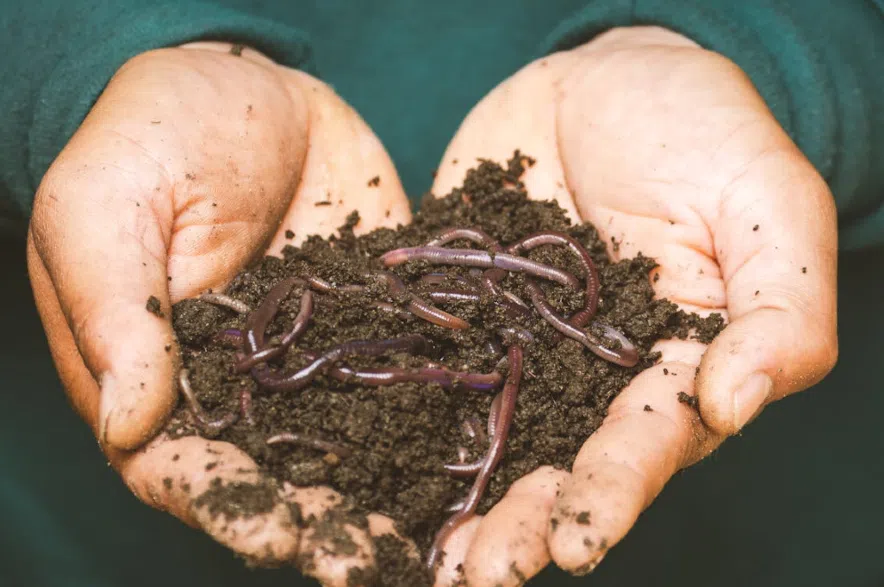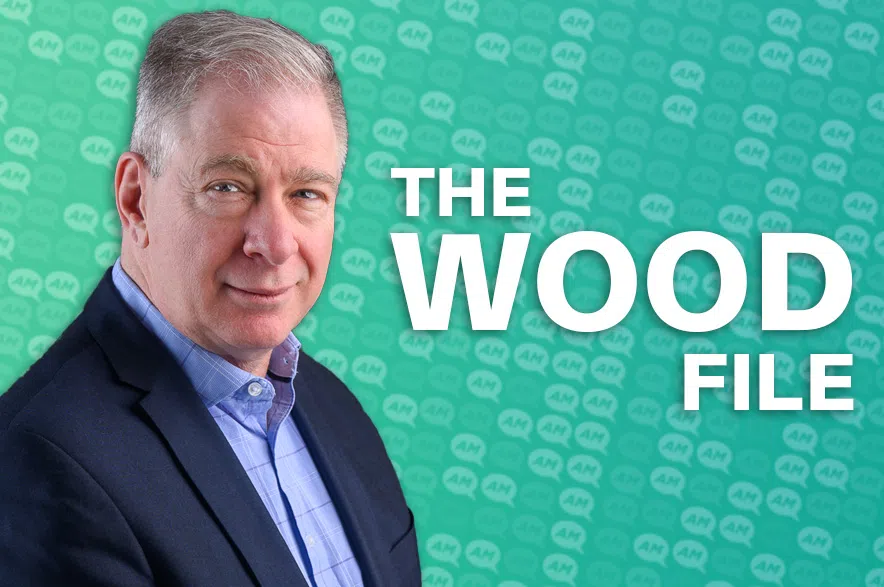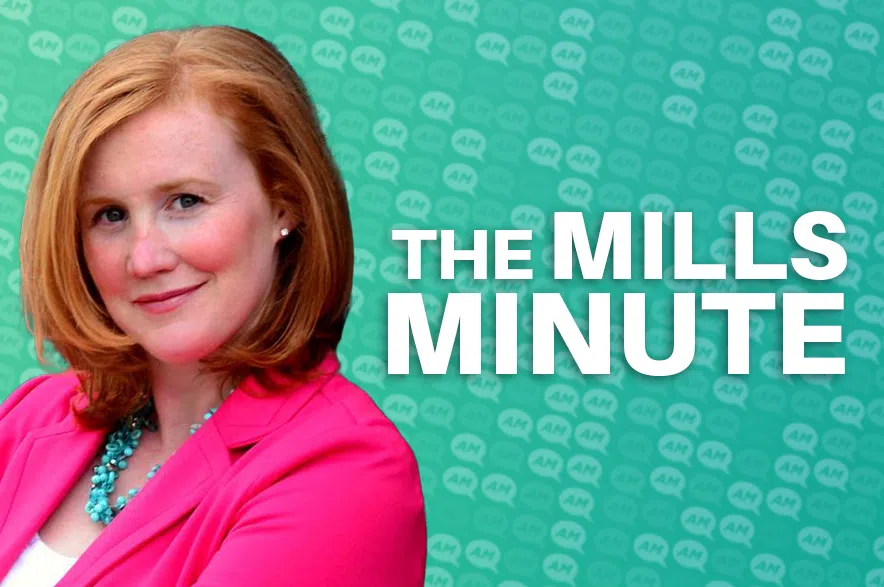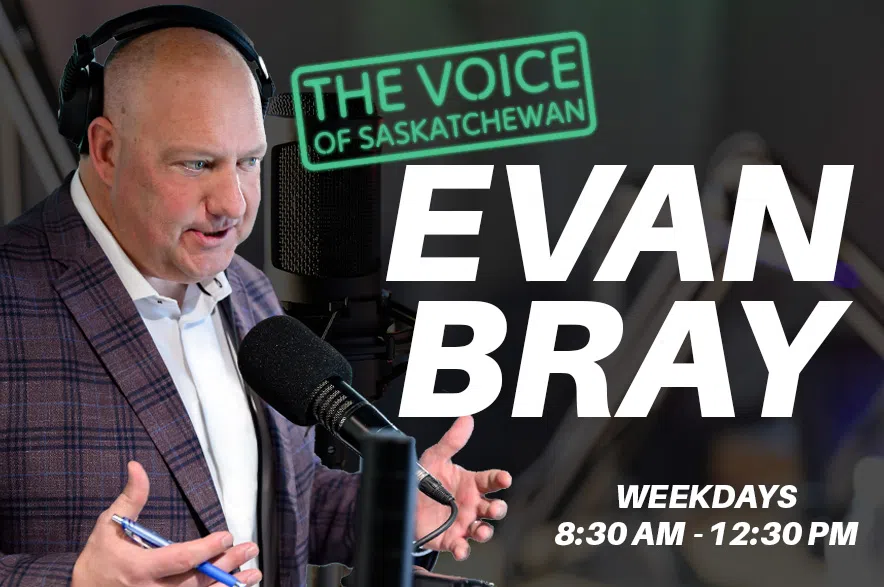Jill and Rick Van Duyvendyk answer all your gardening questions in Garden Talk on 650 CKOM and 980 CJME every Sunday morning.
Here are a selection of questions and answers from the Feb. 9 show, with special guest Corey Confrey from Early’s Farm and Garden Centre:
These questions and answers have been edited and condensed for clarity.
Q: Can I add worms to a raised garden bed?
A: You can buy worms like red wigglers, which are mostly a compost worm, or you can relocate them from another part of your garden. They may or may not stay.
The problem with raised garden beds is they tend to freeze a little harder in the winter so worms tend to go deeper and they may not come back up into the raised bed the following year. It might be something that you have to do every year.
If you add beneficial fungus and bacteria, you may not need to have the worms. Something like H-Start or EPSI would be a good option to add to raised beds. The right bacteria and fungus make nutrients available to the plants.
H start is a pellet with mycorrhizal fungus and beneficial bacteria. Mycorrhizal fungus bonds to the roots of the plant and promote the root development without the plant spending energy on it. It expands the root zone so the plant can find nutrients and water from a greater distance. It also helps disease resistance, especially root diseases.
You could look at soil tests to check the pH, nitrogen, phosphorus, and potassium levels. Alfalfa pellets have nitrogen and potassium, but they are lacking in phosphorus, so add some rock phosphate or bone meal.
Read more:
- Garden Talk: Lots to consider when planting a tree in a new neighbourhood
- Garden Talk: What is the trick to using a banana to help orchids bloom?
- Garden Talk: How can I deal with aphids in 2025?
- Garden Talk: Plan ahead for a delicious raspberry harvest in 2025
Q: Should I still be fertilizing mature trees?
A: Yes. Jobe’s makes fertilizer spikes that work quite well. There’s another product called Acer that comes in two formulations — deciduous and evergreen tree — that you spread at the drip line.
Typically really mature trees are finding nutrients from a big zone, so they’re usually pretty good on their own, but every once in a while you have to give them a boost. If you rake up the leaves, you are removing nutrients that could go back into the tree.
See Dutch Growers ultimate guide to fertilizing here.
Q: Why do my Nanking cherry bushes get blossoms but not cherries?
A: If you have a plant that looks healthy and it’s giving you lots of flowers, but you’re not getting very much fruit production, you’re either lacking potassium or you’re lacking pollination — or both. Add some high potassium fertilizer and plant some pollinating flowers around them.
If there aren’t as many blooms on one bush, increase phosphorus as well. A wildflower mix planted within 100 feet of those bushes will promote a positive pollinator ecology in your garden.
Q: Why do my strawberry plants not produce much fruit?
A: If your plants are big and healthy and have lots of flowers, then the issue is pollination. If the plants are big and green, but don’t have a lot of flowers, then you might have a nutrient imbalance, like too much nitrogen or not enough phosphorus. Test your soil.
Q: My Shubert chokecherry gets black knot repeatedly even after trimming it back. Will it have this forever?
A: Black knot is a fungus that is going to constantly spread and chokecherry is very
susceptible to it. You can choose a different plant for that area or keep cutting it back, making sure that you’re cleaning your pruners between the cuts so you’re not spreading it.
Read more:
- Garden Talk: Lots to consider when planting a tree in a new neighbourhood
- Garden Talk: What is the trick to using a banana to help orchids bloom?
- Garden Talk: How can I deal with aphids in 2025?
- Garden Talk: Plan ahead for a delicious raspberry harvest in 2025











